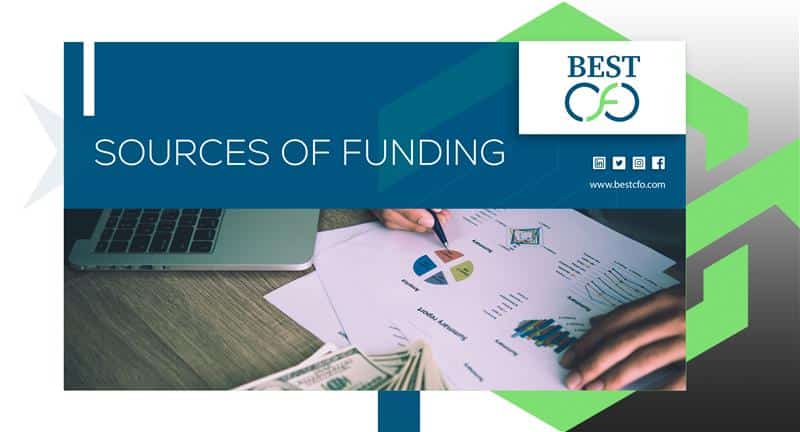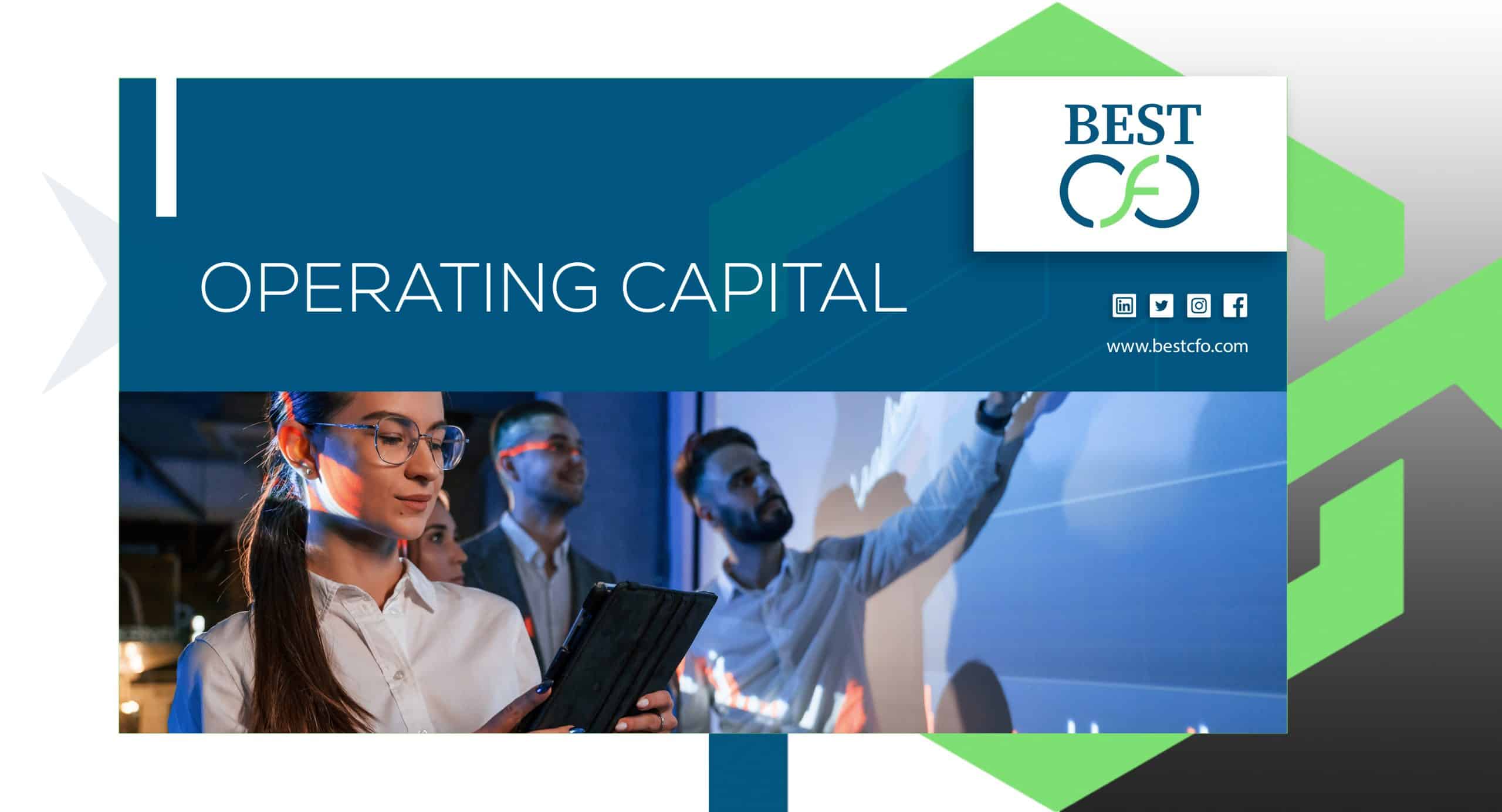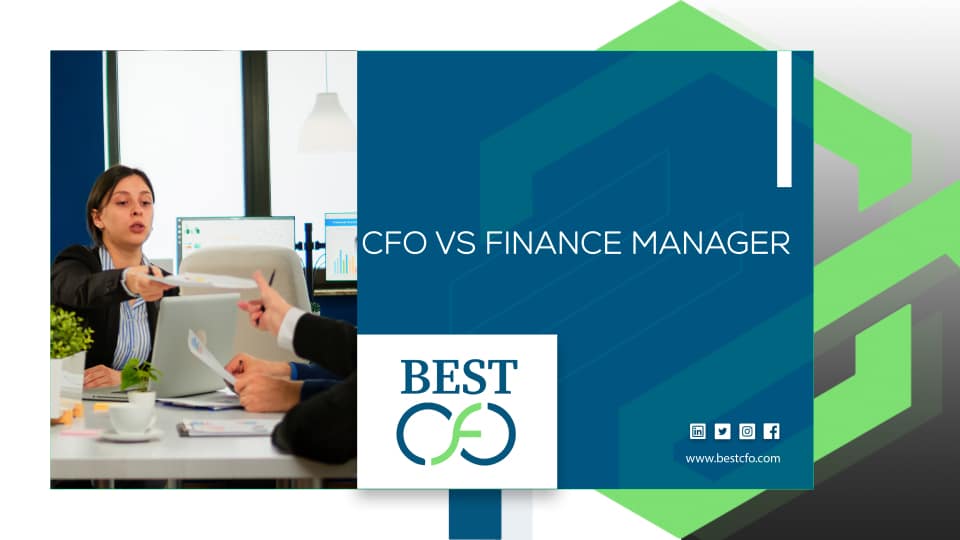
| Getting your Trinity Audio player ready... |
What Are the 5 Sources of Funding?
So, you’ve got the dream. The vision. The pitch deck. Maybe even a half-built app or a killer business plan scrawled on a napkin. Cool. But let’s be honest—without funding, all that genius is just a beautifully packaged “nice try.”
Here’s the deal: money isn’t just helpful in business—it’s oxygen. And unless you’ve got a rich uncle with a soft spot for entrepreneurial chaos, you’re gonna need to know where and how to get that cash flow rolling.
The good news? Funding doesn’t have to be scary. Or boring. Or wrapped in financial jargon thicker than a lawyer’s prenup. Whether your pre-seed dreaming, knee-deep in Series B, or just figuring out WTF a cap table even is—we got you.
Let’s unpack the 5 major sources of funding (and all the wild types in between), without putting you to sleep. Because hey, money talk should be just as exciting as launch day. Maybe even more.
What Are Sources of Finance?
Let’s talk money. Because whether you’re building the next unicorn startup or just trying to keep the lights on in your business, sources of finance are the lifelines that make the magic happen. These are the different ways businesses (and dreamers like you) get the cash to start, run, or grow their operations.
Sources of finance can be internal (like bootstrapping or retained earnings) or external (like loans, investors, or raising equity). Whether you’re funding a garage hustle or a publicly listed company, you need a solid grip on where the money is coming from.
What Does Funding Mean?
At its core, funding simply means getting money to fuel your goals. But in the business world, it comes with layers — venture capital, equity, debt, seed rounds, and more buzzwords than a startup pitch deck. Funding can come in many shapes and sizes, and it usually comes with strings attached. Some investors want equity, some want interest, and some (rare angels) just want you to succeed.
So, the question isn’t just “Where can I get money?” It’s “What’s the smartest way to get money for my business stage, risk tolerance, and goals?”
Types of Funding
Let’s break this down like your finance-savvy best friend would at brunch.
Pre-Seed Funding
This is the napkin-sketch phase. Pre-seed usually comes from your own pockets, friends, family, or maybe a very early investor who believes in your big idea (or just really likes you). It’s scrappy, unpredictable, and high-risk.
Seed Funding
This is your first “official” raise. Think angel investors, early-stage venture capitalists, or accelerators. You’ve got a product (or at least a prototype), maybe some traction, and now you need real cash to build and test.
Series Funding
Once your business starts proving itself, it’s time for the alphabet soup of Series A, B, C, D (and sometimes beyond).
- Series A: To scale operations, build your team, and refine the product.
- Series B: To expand, dominate new markets, and increase revenue.
- Series C: Big growth, acquisition, or prepping to go public.
- Series D+: Either you’re crushing it or fixing something that went sideways.
Debt Funding
You borrow; you pay back. Simple, right? But it comes in flavors:
- Venture Debt: For startups who want capital without giving up equity.
- SBA Loan: Government-backed, great terms, but a paperwork nightmare.
- Asset Loan: Secure cash using equipment, real estate, etc.
- AR Line: Advance funding based on your outstanding invoices.
Equity Funding
You give investors a slice of your business in exchange for capital. They win when you win. It’s high risk, high reward, and great if you’re going big or going home.
Crowdfunding
Kickstarter, Indiegogo, GoFundMe — the internet becomes your investor. Perfect for products with mass appeal and hype potential.

Angel Investors
Rich individuals who back early-stage companies because they believe in you. They bring more than money: think mentorship, networks, and clout.
Venture Capital
The big dogs. VC firms invest large sums for equity, expecting major returns. They can open doors, but they also expect serious results.
5 Sources of Funding (The Big Five)
The five primary sources of funding that keep businesses alive and kicking:
1. Retained Earnings
You made money? Great. Don’t spend it all. Retained earnings are profits you reinvest into the business instead of giving it out as dividends. It’s sustainable and keeps you in full control. Bootstrappers, this one’s for you.
2. Debt Capital
This is borrowed money from lenders, banks, or other institutions. You pay it back with interest, but you keep ownership. It’s great if you have cash flow, less so if you’re not revenue-positive yet.
3. Equity Capital
You trade a portion of your company for capital. This could be from VCs, angels, or crowdfunding platforms. You get money, guidance, and a cheering squad (hopefully).
4. Stock Market
Going public? Issuing shares on the stock market opens up massive funding. But it comes with compliance, regulations, and stockholders breathing down your neck. High stakes, high visibility.
5. Private Market
Think private equity, hedge funds, and wealthy backers who prefer to stay off the Nasdaq radar. It’s less public, more flexible, but still demanding. These players don’t mess around.
The Bottom Line
Funding is never one-size-fits-all. It depends on your goals, your industry, your risk appetite, and sometimes, just plain luck. Whether you’re bootstrapping with retained earnings or shooting for the moon with venture capital, knowing your options makes all the difference.
The smartest founders don’t just chase money — they find the right money at the right time from the right source.
And when in doubt? Take a breath, grab a coffee, and revisit your goals. (And hey, bookmark this blog.)
Want to explore new avenues to fund your business dreams and scale smartly? Discover new opportunities for successful funding strategies with BestCFO
FAQs
What is the difference between equity and debt funding?
Equity funding involves selling a stake in your company, while debt funding means borrowing money you’ll pay back with interest.When should I consider venture capital?
VC is best when you’re looking to scale quickly, have high growth potential, and are ready to give up some control.Is crowdfunding good for startups?
Yes! Especially for consumer-facing products with a viral edge or community appeal.How much equity should I give to investors?
Depends on your valuation and funding needs, but don’t give away the farm too early.Can I get funding with bad credit?
It’s tough, but some options like crowdfunding or equity financing don’t rely on credit scores.What’s the most common source of startup funding?
Personal savings or friends/family backing are often the first go-to(s).What is venture debt vs. traditional debt?
Venture debt is tailored for startups with VC backing. Traditional debt is from banks and requires strong financials.What is the risk of debt funding?
You’re obligated to repay it, even if your business tanks. It can strain cash flow.Can I combine funding sources?
Absolutely. Many businesses use a blend of equity, debt, and internal funding.How do I pitch to investors?
Have a solid business plan, compelling story, clear market strategy, and know your numbers cold.
Related Posts
Organic vs Inorganic Marketing: Pros, Cons, and Best Use Cases
Organic vs Inorganic Marketing: Pros, Cons, and Best Use Cases When it comes to growing…
What Is Operating Capital and Why Is It Important?
What Is Operating Capital and Why Is It Important? Are you ready to dive into…
How to Scale a SaaS Business Without Losing Your Customers?
What Are the 5 Sources of Funding? So, you’ve got the dream. The vision. The…
From Startup to Success: How to Scale Your Business Efficiently
How to Improve Your Bad Debt to Equity Ratio: A Complete Guide If you’ve ever…
 Demos
Demos  Colors
Colors  Docs
Docs  Support
Support 














